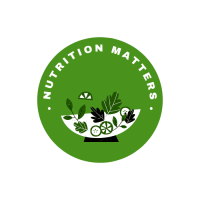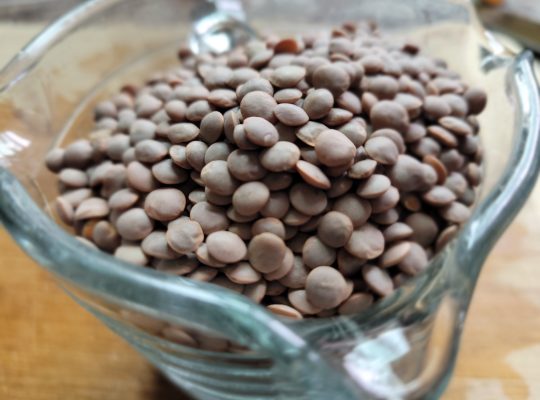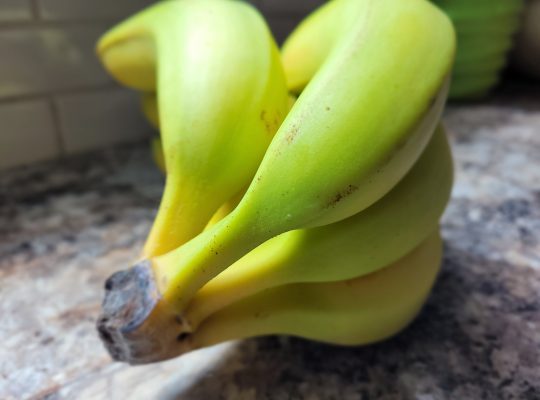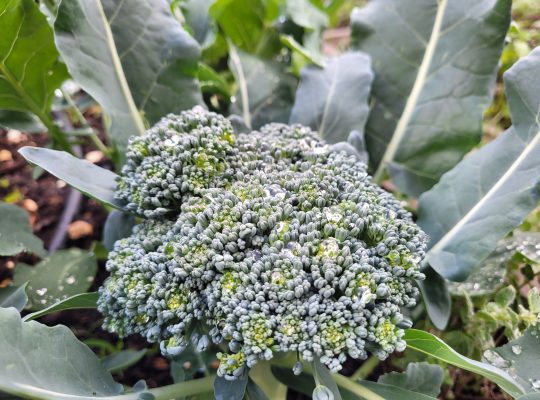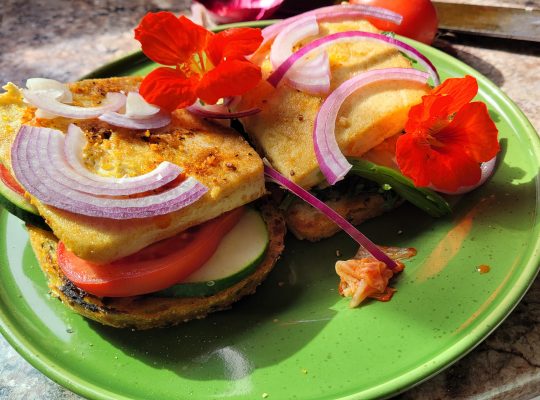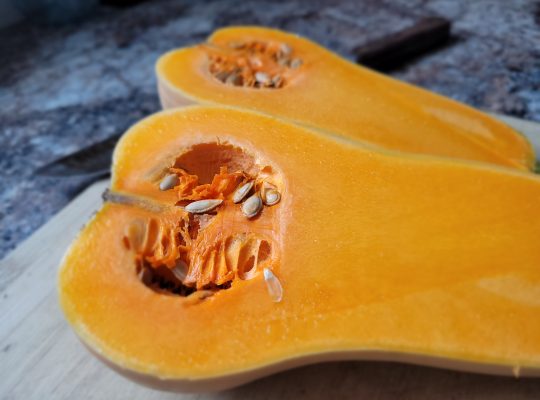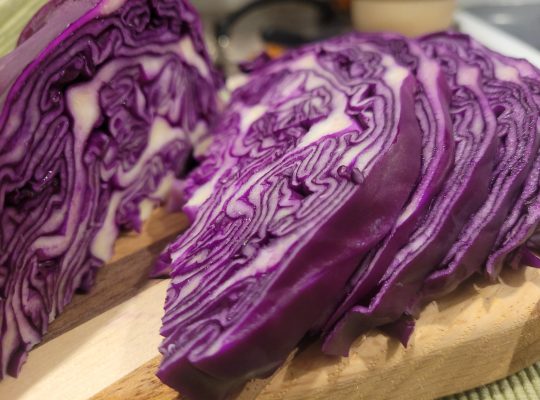One of my favourite bulk food stores has been short on ground cumin. So instead of waiting for it to show up, I did the next logical thing and ground my own in the grinder I use for flax and chia seeds.
The first striking thing was the flavour. I know all spices smell strongly, but until you grind yours freshly, you will not go back to buying them already in powder form.
I may have to transition to grinding spices at home, because …well, flavour like that transforms your food. Moreover, the active compounds in the seeds you are grinding and hence releasing, will be freshly delivered to your meals and that means that they are more powerful and their impact on your health that much stronger.
You gotta love herbs
Then there’s the herbs, fresh and dried. Since it’s summer, I hope you are making the most of the fresh ones, whether homegrown or available at the farmer’s market. There are so many to choose from: oregano, thyme, lemon thyme, sage, parsley, cilantro, chives, tarragon, marjoram, basil (so many kinds of basil too!), rosemary, lavender… it’s an extensive list and I don’t know about you, but I have to hold back quite a bit when I go to one of the local plant nurseries.
This year I could not resist the lemon verbena, za’atar (yes, it is a mix of spices but also a plant!), and garden chamomile.
These active compounds, collectively known as polyphenols, include phenolic acid, tannins, and flavonoids. (Don’t stress about the different ones, it’s all good if you remember that they are all polyphenols which are beneficial for your health – see next paragraph).
Why are spices and herbs beneficial?
There are a few good reasons, many due to their polyphenol content but not only, so let’s see:
- They have antioxidant and anti-inflammatory properties
- They are anti-microbial
- Some of their active compounds reduce the risk of mutations and they also have anticancer properties
- Their active compounds help balance blood glucose levels and lower cholesterol
- They are powerful scavengers (meaning they will neutralize reactive molecules such as free radicals which cause damage to cells and their contents)
- Polyphenols feed your gut microbiome and that means more anti-inflammatory activity that benefits you
- Some herbs and spices can improve digestion by eliminating bloating, gas and other related symptoms, and they also boost cognition and mood
- Aside from polyphenols, spices and herbs also contain minerals and vitamins.
Experiment with new ones but don’t overdo it
No matter your taste, there’s spices out there to satisfy it and more yet to discover. The best thing about spices and herbs is that you do not have to use them in large amounts. What I mean by that is this: do not increase the amount required in a recipe just because you want to amplify the polyphenol action.
If anything, you’ll alter the taste to where you may not like it. I think it’s quite beautiful that we draw such amazing benefits from using herbs and spices in small amounts that allow for flavouring food, preserving it (due to the anti-microbial properties) or providing great options for health-boosting beverages (peppermint and lemon balm tea after a meal for example).
A few good ways to use spices and herbs in your kitchen
- Add cloves, cinnamon and all-spice (they have some of the highest levels of polyphenols) to desserts (sugar-free cookies or muffins sweetened with mashed bananas and/or date paste), fruit salads and various spicy latte beverages (for example, turmeric/ginger latte sprinkled with peppercorn which enhances the beneficial effects of turmeric, and also cinnamon).
- Experiment with spicy, flavourful bean chili where you mix a bouquet of flavours from cumin, coriander, and cinnamon, plus ginger and turmeric.
- Soups or split lentil dishes that call for some coconut milk go well with curry and/or turmeric
- Herbs: sky’s the limit! Add them fresh to salads, wraps and cooked dishes, and use them for tea. Dry your own for the colder months and try to use them within six months to a year for best flavour and curative properties.
Give it a try and let me know how it goes.
